|
|
|
Unresolved harmonics pass
through the same auditory filter. Different sets of harmonics could create
the same pattern of activity across auditory filters. So if you hear
different virtual pitches when the harmonics are unresolved, then you canŐt
be using a template or pattern to do that because the pattern is the same.
You could be using temporal information because the combined waveform of the
harmonics repeats at the rate of the fundamental frequency.
|
|
Remember that auditory
filters are wider (in terms of linear Hz) at high frequencies. So generally
unresolved harmonics will occur at high frequencies. So this would be a case
where we areusing phase-locking to low-frequency modulations of a
high-frequency carrier to identify sound.
|
|
|
|
Also notice that this
situation is the opposite of the frequency dependence observed for pure-tone
frequency discrimination, where the place code was the only code for a high
frequency. Now we are using phase locking in high-frequency nerve fibers to
identify the pitch.
|





